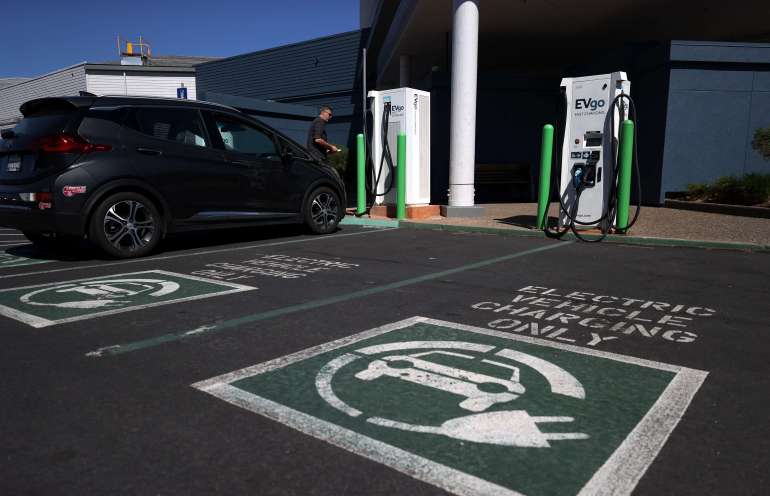A recent report issued by the World Bank confirms that the energy transition will require about 3 billion tons of minerals and metals, and the demand for some materials, such as copper, lithium, cobalt, and graphite is expected to increase by 500% by 2050.
In a report published by the US oil price website, writer Irina Slav says that the expected demand for these metals - especially copper - will lead to a lack of supply in the markets and their prices reaching record levels, as happened in 2011.
Analysts expect demand to exceed supply levels before the end of this year, and Natalie Scott Gray, an analyst at Stone X financial services, confirms that demand will rise 5% this year, while supply will only increase 2.3%.
Jeremy Ware, CEO of Trafigura, told CERAWeek Energy that using electric cars and building wind and solar farms requires up to 5 times the current copper amounts, and in fact these quantities cannot be saved. Easily.
Ware added that the development of copper mines takes between 5 to 10 years, which means that the supply base of copper will shrink in the foreseeable future, and the same applies to other minerals necessary for energy transmission, as cobalt prices are also rising at the present time, due to expectations of shrinking Supply in light of high rates of demand.
Electric cars
Recently, Elon Musk, owner of Tesla, signed a technical partnership deal with the Guru nickel mine in New Caledonia, with the aim of securing the nickel material it needs in the long term to make electric car batteries, which are one of the pillars of the energy transition.
According to the author, the prices of electric vehicles have remained at reasonable levels so far, because companies and battery manufacturers were able to control production costs, but the equation may change in the future if the price of any of the battery components jumped unexpectedly due to the lack of metals, which will lead to higher prices the cars.
The roots of the problem of high prices of basic metals go back to years ago, when this industry was suffering from weak investment due to the decline in metal prices, and the decline in prices was mainly attributed to the abundance of supply and the decrease in demand.
Currently, only 4% of the global demand for nickel comes from the electric vehicle industry, compared to 70% for the production of stainless steel, but the expected boom in the use of electric cars will lead to an increase in demand from 4% to 10% by next year, and to 20%. By 2030, this will in turn lead to higher prices in light of the decline in nickel production rates.
If the price of any of the battery components increases due to the lack of minerals, it will lead to an increase in the prices of electric cars (French)
Does oil face the same fate?
According to a report issued by S&P global, since 1990 about 224 major new sites of copper deposits have been discovered, but only 16 of them have been discovered in the past ten years, and one site since 2015, meaning that the rates of exploration are Declines as record, which will lead to lower supply in the future.
According to experts, the oil market may face a similar fate, as the price collapse in the past ten years has caused a decrease in exploration operations, in addition to the Corona virus crisis that led to the collapse of demand rates, and according to the French company, Total, the world will need within 5 Only years, to 10 million barrels per day more than supply.
According to the American Petroleum Institute, the lack of investment and the natural depletion of wealth will lead to a shortage of supply over the next year.
Despite the tendency of the major oil companies to reduce production in light of the current conditions, it is not expected that the rates of demand will decrease as quickly as the advocates of the energy transition aspire, especially in developing countries that rely heavily on fossil fuels, and these indicators mean that oil and mineral prices have increased over the years. Coming under the imbalance between supply and demand.

